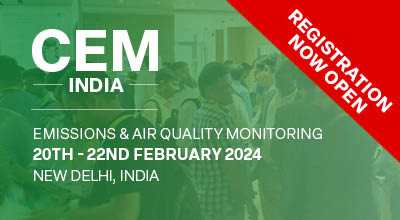| Abstract Title: | Sources of Uncertainty in Compliance Opacity Monitoring |
| Session Choice: | PM CEMS: technology suitability, operation and maintenance |
| Presenter Name: | Mr Derek Stuart |
| Company/Organisation: | AMETEK Land |
| Country: | United Kingdom |
Abstract Information :
Opacity monitoring remains one of the most widely-used methods for measuring emissions of smoke and particulate matter from stacks. Although light-scattering devices can achieve a lower detection limit, opacity monitors have some features which make them especially attractive, including the ability to calibrate the analyser using a traceable neutral density filter. Opacity measurements can also be compared to a visual estimate made using the Ringelmann method or US EPA Method 9, giving a simple remote check of the indicated value. A full understanding of opacity measurement requires an accurate determination of the sources of uncertainty and their contribution to the overall uncertainty budget. US Federal law requires all opacity monitors to comply with ASTM D6216. The specification limits for the various measurement uncertainties given in D6216 set a minimum uncertainty budget. However, the standard omits a number of significant sources of uncertainty which cannot readily be evaluated in the laboratory and so tends to underestimate the actual uncertainty. European standards, including EN 15267 and EN 13284, take a different approach to uncertainty which results in a different uncertainty budget. This paper will discuss the different sources of uncertainty and identify mechanisms which minimize their contribution.



